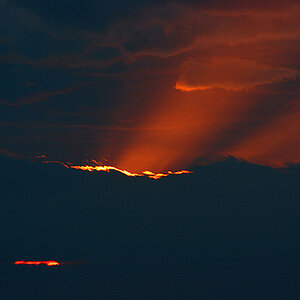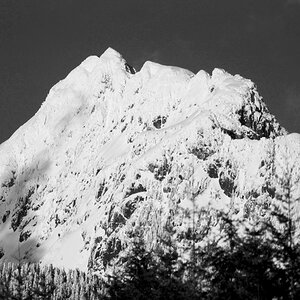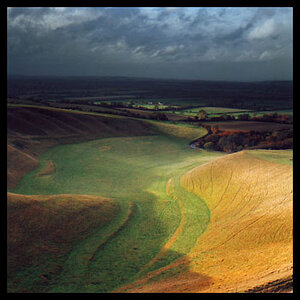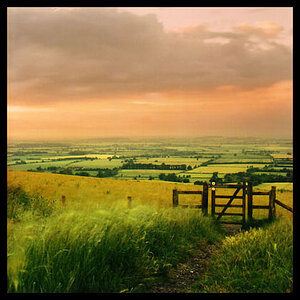MichaelHenson
No longer a newbie, moving up!
- Joined
- Nov 15, 2013
- Messages
- 746
- Reaction score
- 176
- Location
- St. Louis, MO
- Can others edit my Photos
- Photos OK to edit
Just picked up my first full frame! I snagged a D750 and have some questions that I haven't been able to track down over the past week of searching.
How can I tell what lenses will work without switching into DX mode?
From what I can gather, I should be able to turn off the "Auto DX" mode in the camera, put a lens on and shoot stopped down and notice vignetting if the lens is inappropriate for full frame. Is this correct?
Obviously, any lenses from Nikon with DX on them will only work in DX mode or with vignetting...I'm wanting to ensure that I don't go out and shoot a session or something only to return and see that everything has been captured in DX at a max of like 10-12 MP.
I literally just picked up my camera from UPS, put on my Tamron LD DI SP 70-200/2.8 (IF) Macro, turned off Auto DX mode, and stopped all the way down to f32 (I think?), took some photos and noticed no vignetting. This seems to tell me that I can use this lens utilizing the full frame of the camera and @ the usual 24MP, correct?
Sorry if I'm missing something simple, just haven't been able to find a definitive answer that satisfies me...
How can I tell what lenses will work without switching into DX mode?
From what I can gather, I should be able to turn off the "Auto DX" mode in the camera, put a lens on and shoot stopped down and notice vignetting if the lens is inappropriate for full frame. Is this correct?
Obviously, any lenses from Nikon with DX on them will only work in DX mode or with vignetting...I'm wanting to ensure that I don't go out and shoot a session or something only to return and see that everything has been captured in DX at a max of like 10-12 MP.
I literally just picked up my camera from UPS, put on my Tamron LD DI SP 70-200/2.8 (IF) Macro, turned off Auto DX mode, and stopped all the way down to f32 (I think?), took some photos and noticed no vignetting. This seems to tell me that I can use this lens utilizing the full frame of the camera and @ the usual 24MP, correct?
Sorry if I'm missing something simple, just haven't been able to find a definitive answer that satisfies me...



![[No title]](/data/xfmg/thumbnail/31/31743-3b294ee78fc71e7bfc025b01eafb0c2d.jpg?1619734986)





![[No title]](/data/xfmg/thumbnail/39/39511-592cbd68b1d797ffce7e41e4fbfed890.jpg?1619739066)



